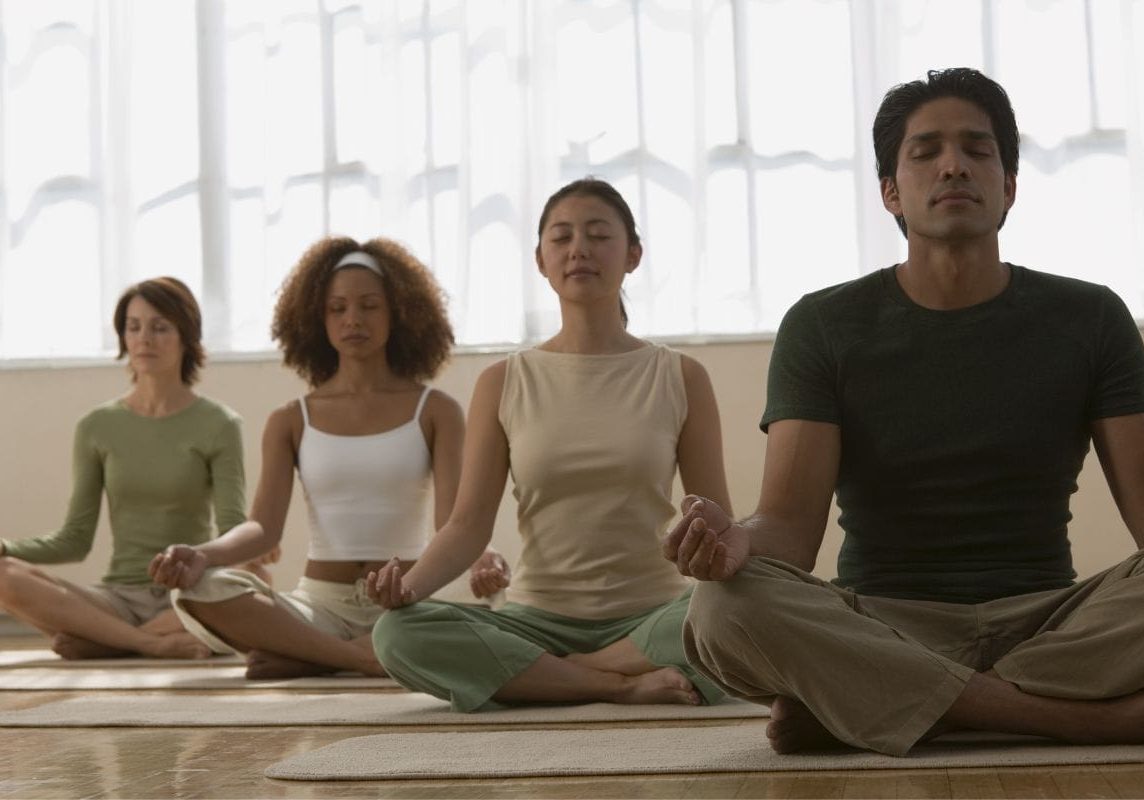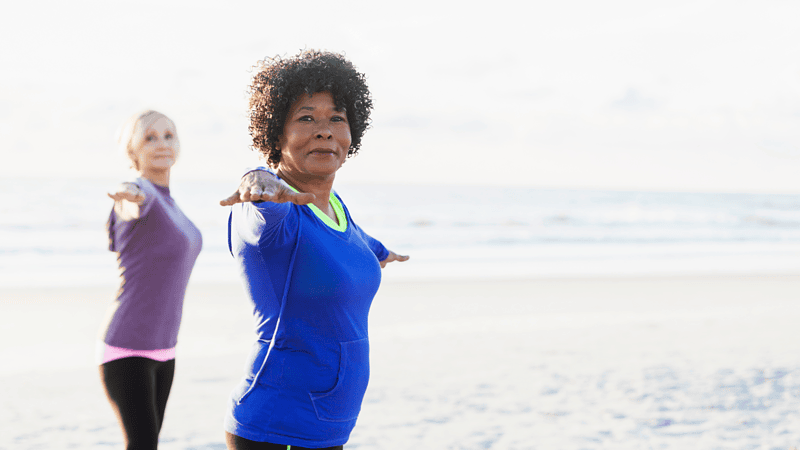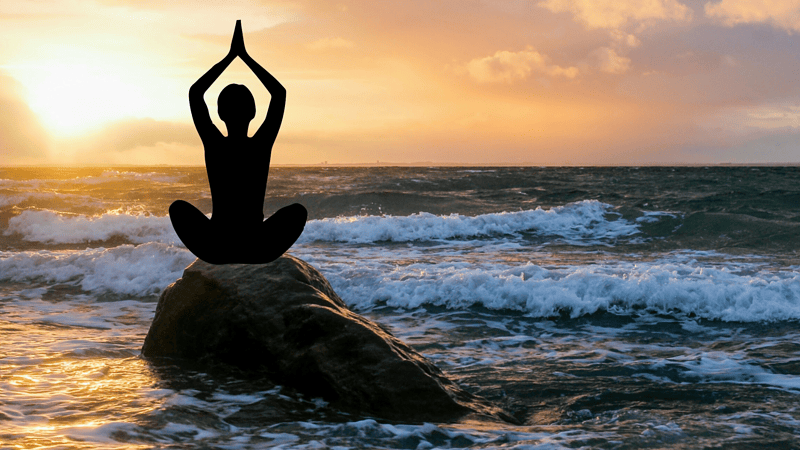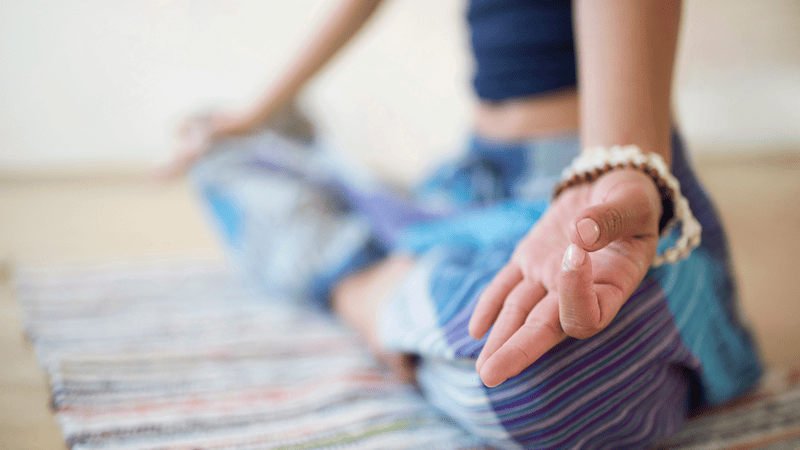
Should I sit up or lie down in meditation?
Sitting up vs lying down. By Nikita Thakrar
In one of my recent wellbeing workshops, a participant asked me if its ok to meditate lying down. They said that every morning and evening they listen to a guided meditation audio lying in bed and whilst they feel calm, they haven’t noticed that they are progressing spirituality. Let’s be clear, there is a big difference between relaxation and meditation! Relaxing can be lying down, giving your body and mind a chance to slow down and switch off. However meditation is a state of attaining a higher realm of consciousness and this my friend, can only be done sitting up.
The spine needs to be straight in order to align and activate the energy channels (chakras). If someone has back problems and is unable to sit up, we suggest putting a cushion underneath their hips or asking them to lean against a wall. If they are doing this in bed, then leaning against a headboard is fine. The aim of meditation is to move the universal life force (chi/prana) up the meridians towards the crown chakra, the space from which we experience a direct connection with source energy.
Imagine plugging your phone charger into a socket. Unless the plug is pushed all the way in, electricity will not be generated. In the same way, the angle of the spine is so important.
Since the pandemic there has been an influx in the number of resources available for mindfulness and meditation. Many of my yoga students say they listen to various audios before going to sleep. Whilst this might be good to relax and to aid sleep the objective of meditation is not to fall asleep! On the contrary, the aim is to experience a deeper part of yourself, beyond the physical and emotional bodies. If someone is able to access this state, it is not only the equivalent but actually much more effective than deep sleep.
Research has shown that those who meditate live longer and experience vitality and happiness. This is because they are able to access this state on a regular basis. Those who pray, recite mantras, count beads, chant and do other spiritual practices are still benefiting, but they are not accessing this higher realm.
When I was first introduced to meditation through Raja Yoga, I was encouraged to only meditate on my third eye. This was very challenging for someone who had not meditated before and struggled to concentrate.
Like many, I used to get put off by my racing mind and wandering thoughts. However, over time I developed the ability to focus initially for 3 minutes, then 4 and then 5. I know some experienced meditators can sit in this state for up to an hour, but this takes a lot of effort to achieve. Initially, I encourage my students to simply aim towards 5 minutes a day.
Opening my third eye enabled me to form a connection with my higher self, develop intuitive abilities and as the Brahma Kumaris say, access the ‘seat of the soul’. Recognising myself as a soul, not limited to the physical body was very liberating. When I work with clients now, I realise the root of their suffering is the inability to step outside of themselves, hence they feel ‘stuck’ and bound by their situation. Seeing ourselves as a separate entity empowers us to be able to look at our circumstances from a different perspective and ultimately ‘detach’ – not such a bad outcome for sitting up instead of lying down!







